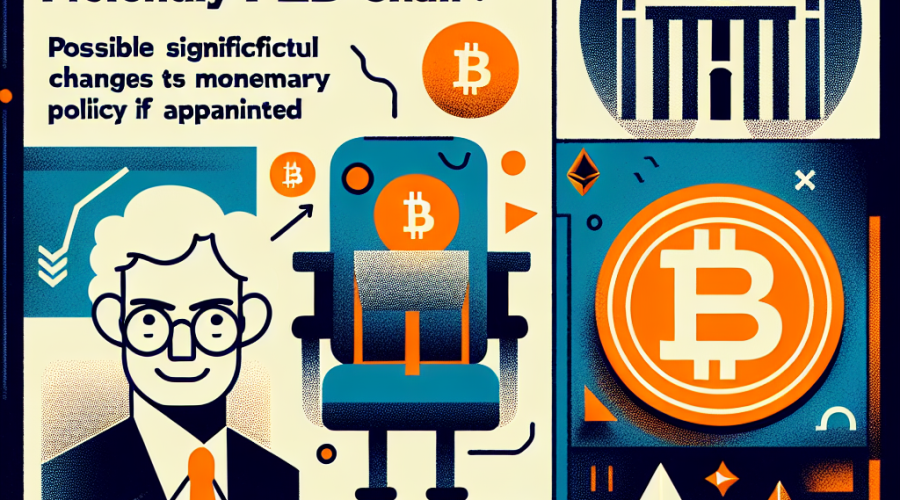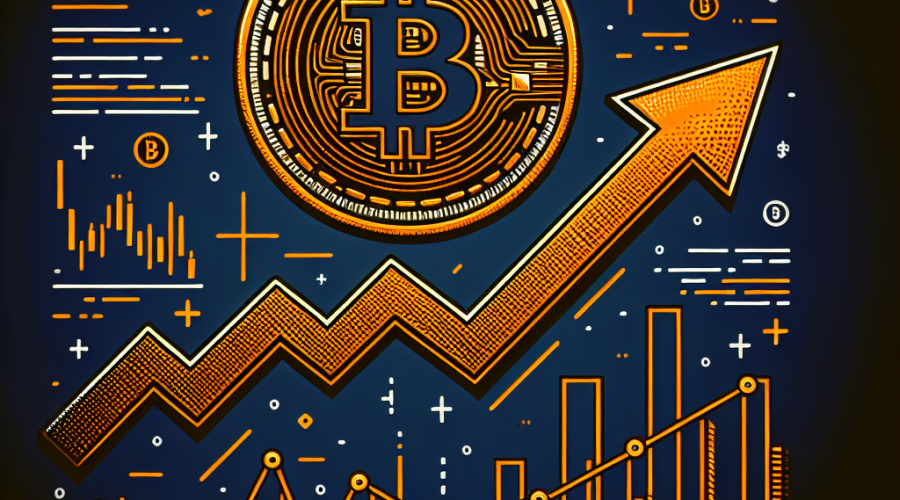Optimistic Outlook for Crypto Market as July Ends
The cryptocurrency market appears to show promising signs as July draws to a close, with Bitcoin reserves on crypto exchanges witnessing a 2% decrease within the month. This essentially indicates a bullish signal, since a drop in exchange reserves typically suggest that people are taking their Bitcoin off exchanges and are holding it instead, in anticipation of a price increase. Although a 2% decrease may appear small in the short term, it contributes to a more significant, ongoing reduction in exchange reserves since the start of the year.
US House of Representatives Green Lights Crypto Laws
In the US, the recent passage of three crypto laws by the House of Representatives in July serves as a vital step forward. Most notably, the GENIUS Act, one of the approved laws that regulate stablecoins, received the President’s approval and was officially signed into law. With a clear set of rules now established for stablecoins, and a regulatory framework proposed via the CLARITY Act inching its way through the Senate, observers predict substantial growth in the stablecoin sector.
Tokenized Real-world Assets Continue to Grow in Value
The value of tokenized real-world assets (RWAs) remains on the rise, with total RWA value onchain experiencing a growth of up to 2.6%. While many firms are starting to embrace tokenized stocks, potential legal challenges could stand in the way of further adoption.
GENIUS Act Injects Confidence in Stablecoin Industry
The GENIUS Act instilled a sense of confidence within the stablecoin industry, despite not including provisions for stablecoin issuers to offer their customers interest—-a major issue for industry leaders such as Coinbase CEO Brian Armstrong.
July witnessed a staggering addition of nearly $4 billion to the stablecoin supply, pushing the overall market cap of stablecoins above $250 billion. Furthermore, stablecoins began showing more activity, with the number of monthly active addresses crossing 38 million, reflecting growing stablecoin adoption.
Bitcoin Supply Shortage on Horizon
Moreover, the amount of Bitcoin remaining on exchanges experienced a dip. Bitcoin exchange reserves decreased by 2% in July, continuing a trend that has persisted since the beginning of the year. A closer look at the trend since January reveals that the number of Bitcoin reserves on exchanges has gone down by 14%. Analysts predict that this lack of supply on exchanges could lead to a Bitcoin supply shock in the near future as high demand meets with reduced supply.
Evolution of Tokenized RWAs
In July, the total value of tokenized RWAs crossed $25 billion, marking a growth of roughly 2.5%. This growth was primarily driven by tokenized private credit and US Treasury debt. However, the tokenized stock market also witnessed a 15% increase, pushing the value over $400 million.
Growth of RWA Tokenization Impacted by GENIUS Act
Despite the potential for firms to raise capital via tokenized stocks, there are lingering legal questions, particularly when private firms offer equity with no ownership rights to the public through tokens. Some jurisdictions’ regulators have raised concerns over whether there is sufficient investor protection for stock tokenholders.
Licensing Frameworks Regulating Cryptocurrency
In July, seven countries formulated legal structures or issued licenses to cryptocurrency firms. For instance, the Hong Kong Monetary Authority laid down its rules for stablecoins and established a public registry for licensed issuers. In the US, both Ripple and Circle are seeking banking licenses, which would allow them to offer custodial services and operate nationally under the oversight of the Office of the Comptroller of the Currency. All these steps are ensuring cryptocurrencies are becoming a mainstream component of the global financial system.
















